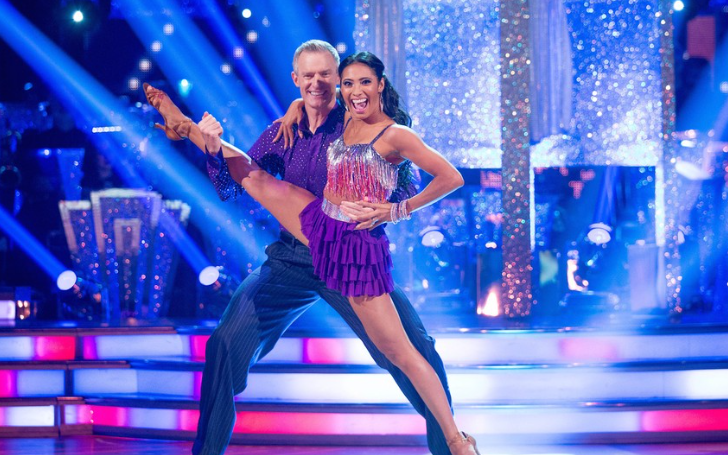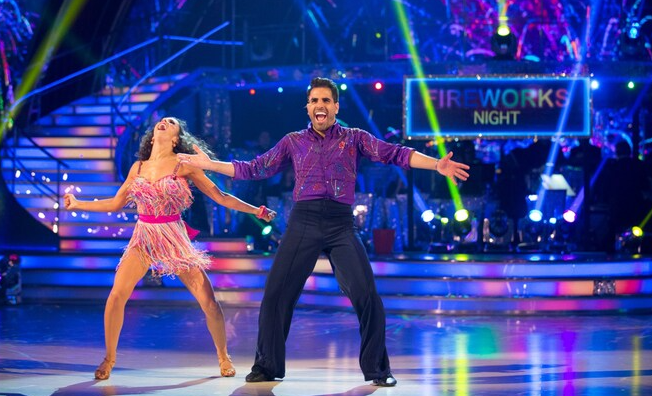Evolution of American Reality TV Dance Competitions
Dance, a universal language of expression, found its way into American living rooms through the captivating medium of reality TV dance competitions. This article explores the vibrant evolution of these dance competitions that have not only entertained but also shaped the landscape of dance in the United States.

The Birth of Dance on Reality TV
Shows like “So You Think You Can Dance” and “Dancing with the Stars” marked the advent of a new era, introducing the nation to the world of competitive dance beyond traditional performance spaces.
Expanding Dance Genres
As these shows gained popularity, they became platforms for diverse dance styles. From contemporary and hip-hop to ballroom and Latin dances, the stage welcomed an array of genres. Hence, exposing viewers to the richness and versatility of dance forms they might not encounter elsewhere.
Celebrity-Professional Dance Partnerships
“Dancing with the Stars” revolutionized the landscape by pairing celebrities with professional dancers. This format not only brought dance to a broader audience but also elevated the status of professional dancers. Hence, turning them into household names.
Reality TV as a Catalyst for Dance Careers
Dance competitions on reality TV became springboards for aspiring dancers. The exposure provided a launchpad for many to pursue professional careers in dance, with winners often securing coveted opportunities in the entertainment industry.
Choreography Beyond Boundaries
With each season, choreographers pushed creative boundaries. Hence, introducing innovative routines that blended styles and showcased the evolution of dance as an art form. The competitive format fueled a constant quest for groundbreaking choreography.
The Rise of Dance Crew Competitions
Building on the success of individual dance competitions shows like “America’s Best Dance Crew” brought attention to group dynamics. Dance crews, often specializing in hip-hop and street dance, gained recognition for their synchronized moves and collective artistry.
Showcasing Dance as a Sport
The competitive nature of these shows positioned dance as not just an art form but also a sport. The rigorous training regimens, emphasis on technique, and the adrenaline of live performances turned dance into a thrilling and respected athletic pursuit.
Interactive Viewer Engagement
Reality TV dance competitions engage viewers in a participatory experience. Through voting mechanisms, audiences became judges. Hence, shaping the fate of contestants and establishing a unique connection between the performers and those watching from home.
Dance Reality TV Goes Global
The success of American dance reality TV transcended borders.
Elevating Dance Professionals to Celebrity Status
As professional dancers took the spotlight, their journey from behind-the-scenes artists to celebrities unfolded. The recognition of their talent and contribution to the success of the shows propelled dancers into the limelight. Hence, paving the way for cross-industry collaborations.
Impact on Dance Education
The visibility of dance on reality TV influenced dance education. With more aspiring dancers inspired by what they witnessed on these shows, dance schools experienced a surge in enrollment. Hence, contributing to the growth of dance as a discipline.
Embracing Diversity in Dance
Reality TV dance competitions became champions of diversity. Hence, breaking down stereotypes and promoting inclusivity. Dancers from various backgrounds, ethnicities, and body types found representation. Hence, fostering a more inclusive narrative of what constitutes dance excellence.
The Fusion of Dance and Technology
With the evolution of technology, dance competitions seamlessly integrated digital platforms. Social media became a vital tool for fans to connect with contestants, share their favourite performances, and participate in the ongoing conversation surrounding the shows.
Conclusion
In conclusion, the evolution of American reality TV dance competitions mirrors the dynamism and diversity of the dance world itself. From introducing dance into mainstream entertainment to shaping careers and breaking down barriers, these shows have left an indelible mark on the cultural landscape. As they continue to evolve, reality TV dance competitions stand as a testament to the transformative power of dance. Not just as a form of entertainment but as a force that unites, inspires, and propels artists into the spotlight. The journey from the first tentative steps to the breathtaking leaps and bounds we witness today is a testament to the enduring allure of dance on the small screen.

